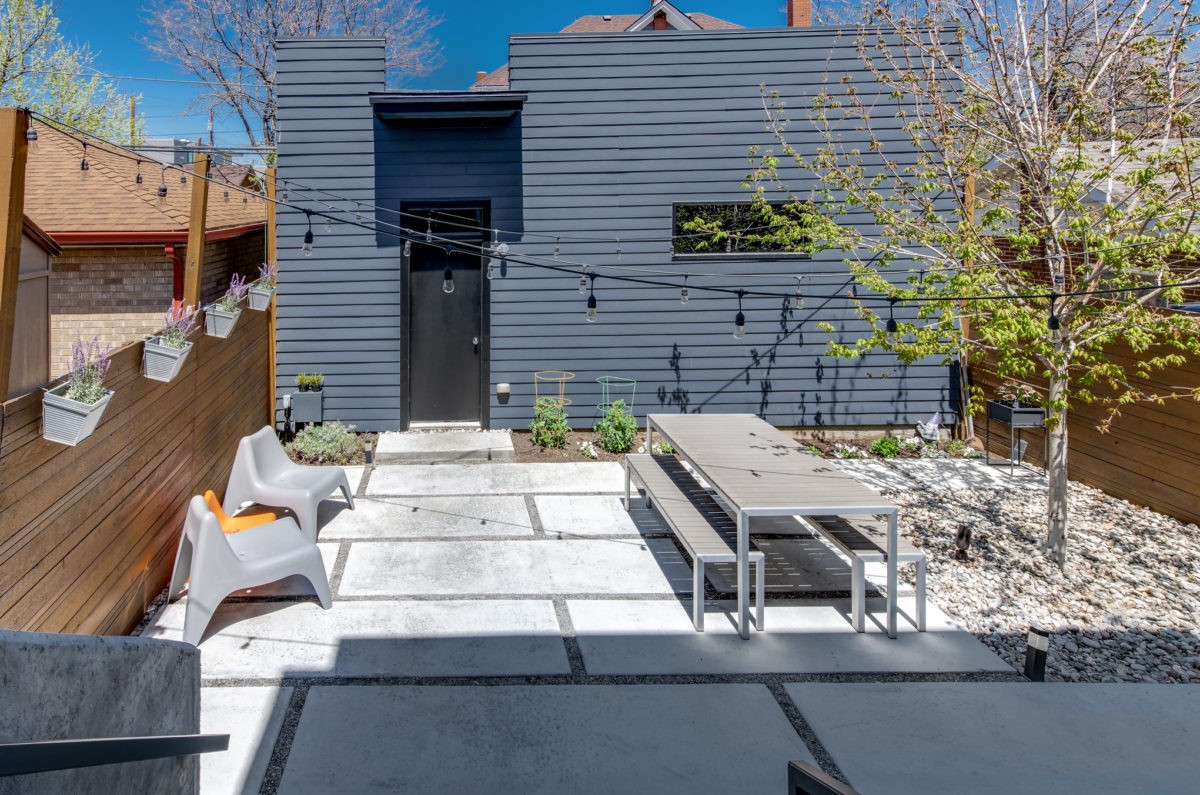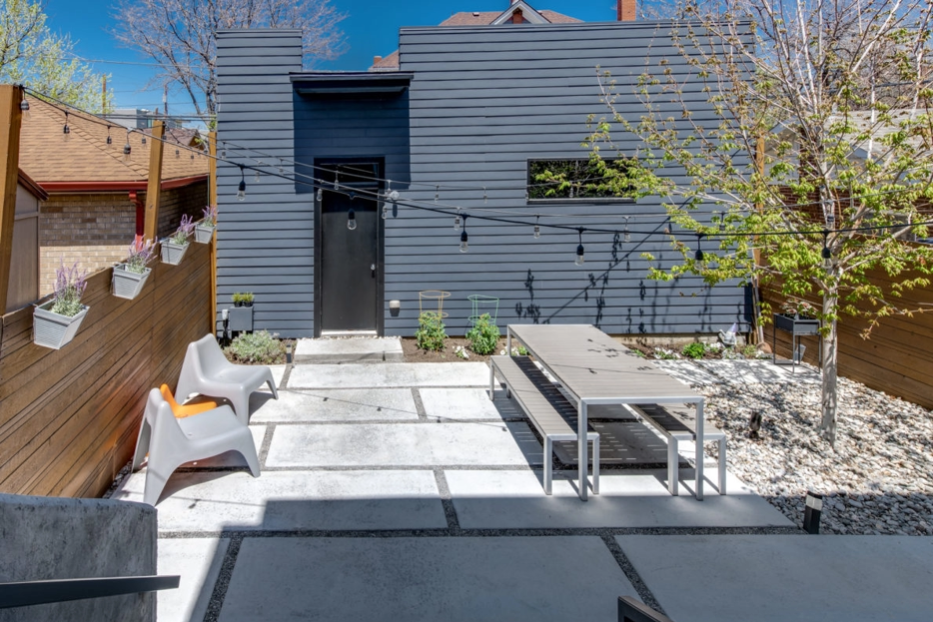
from leed at lighthouse lofts to small-scale sustainability
As we gain more insight through global reports and research on climate change—the results are, unfortunately, grim.
Instead of composing an entire scientific research paper on global warming, climate change and the nuances of this hot issue (sorry) we will state some essential well-established scientific links as noted by the United Nations:
- The concentration of GHGs in the earth’s atmosphere is directly linked to the average global temperature on Earth;
- The concentration has been rising steadily, and mean global temperatures along with it, since the time of the Industrial Revolution;
- The most abundant GHG, accounting for about two-thirds of GHGs, is carbon dioxide (CO2), is largely the product of burning fossil fuels.
The facts are laid out. Significant changes have to be implemented coming from government authorities, regulating bodies, industries and legislation so that each of the influencing sectors is held accountable and work towards tightening rules and allocating funds to make these changes.
Although the truth is the pressing issue of climate change trickles down to the common man—everyone is held accountable for driving change.
Modern living is about making conscious, forward-looking choices.
clean slate
The ideal scenario is building green-standard homes from scratch, incorporating LEED, or Leadership in Energy and Environmental Design, certification standards that lessen the carbon footprint of construction.
LEED is a certification program for green homes, offices, schools, hospitals, retail and new developments, and there are four certification levels—Silver, Gold, Platinum and Certified. A prime example of a LEED generated building here in Denver is the Lighthouse Lofts situated in LoHi.
Perched on the corner of Zuni St & 29th Ave, this five-story condo building built by Sprocket Design Build defines urban green living. Underlying all design decisions is a sensitivity to the environment and a goal of attaining LEED platinum accreditation. In utilizing solar panels, high-efficiency and energy efficient appliances, smart thermostats, and a tight building envelope, the project has the potential to set a new paradigm for development in Denver. It’s a prime example of architectural expression built from the ground up with future-proof insight and sustainability at the forefront.
Jeremy Attema is a consultant over at Stok, a firm that is the LEED and sustainability consultant for the Lighthouse Lofts development. Jeremy assists with this exciting project to assure green efforts are implemented from start to finish.
“Lighthouse Lofts is a facility that is forward thinking and successfully uses technology to incorporate sustainability. Solar panels, battery systems and stackable car lifts are a clear example of this,” says Jeremy when asked about his take on the anticipated project.
“Urban Green Development not only thinks of their development in terms of sustainability but also discussed and incorporated how this development will change over time as mobility, lifestyles and technology change in the coming decades.”
This project is an excellent example of moving towards a more sustainable Denver, and beyond being an eco-conscious structure, the LEED approach results in lower utility bills due to the energy efficiency measures. For example, solar panels placed on the rooftop provide renewable energy, and the tightly insulated building results in less air infiltration, so you don’t need to use as much heating or cooling systems.
eco rethink of existing environments
Local architect, Brad Tomecek of Tomecek Studio Architecture, discussed in our interview for mhm’s the voice of series that awareness is key to the future of eco-conscious architecture and included an easy solution to make both new builds and pre-existing structures more sustainable.
“Converting to an all-electric energy system with solar panels, to offset usage, is a great way to offset carbon if you have a well-sealed building envelope. The ROI is usually reasonable, and local energy companies still have some rebates available,” says Brad.
Another suggestion from an efficiency perspective is the appeal of homes with smaller square footage, and ultimately, a smaller carbon footprint.
Moderately sized homes, like 768 Jersey Street, appeal to green-conscious individuals looking to become more energy efficient, and in turn, save on energy bills. The science is simple. Less square footage means less area to heat and cool, making smaller homes inherently eco-friendlier.
John Reilly is the developer and designer behind 768 Jersey Street, a 1,000 square foot, four-bedroom abode situated in Hilltop.
Doused in a bold, saturated wrought iron grey, it’s a futuristic face to the homey block. The modern abode has been redesigned, breathing new life into the living space while maximizing the square footage with an open floor plan and finished basement.
As proven by this renovation, big style can be incorporated into smaller homes.
“We spend a lot of time thinking about the design,” says John. “For Jersey, the exterior elevation was really unattractive. I thought by enlarging the front windows, it would change the exterior as well as the interior look of the house. It added a ton of light to house and made it feel so much larger and open. Also adding walls clad in reclaimed wood warms the house up. Although my design aesthetic tends to be more modern, we try to use colors that aren’t too stark.”
So, whether your building new or retrofitting your period home, here are tips for incorporating sustainable design.
sustainable home tips
- THINK BIG BY BUILDING SMALL
-smaller square footage is inherently more energy efficient + saves in energy costs
- XERISCAPING
-seeds for change can be sown with drought-resistant xeriscaping filled with native foliage
- RENEWABLE ENERGY
-solar panels, hydropower + wind turbines are futuristic ways to power your home
- LED LIGHTING
-LEDs last longer + use less energy than other types of lighting
- LOCATION, LOCATION, LOCATION
-Walkability + convenience is critical, look for real estate close to your daily hangouts
- MATERIALS MAKE A DIFFERENCE
-Whenever possible use non-toxic materials whether it’s paints, adhesives, sealants, insulation, flooring or the building materials
SUBSCRIBE
to stay in the know
Your monthly dose of significant properties, seductive architecture, influential design, art that matters and community happenings.

